Introduction to 3D CAD modelling
Design Intent
Sketching
Intro to Creo through
the Extrude feature
Editing
the Model
Managing the Model
Robust Modelling
Revolve
Blend
Sweep
Swept Blend
Engineering Features
Edit Features
Reference Geometry
Helical Sweep
What is 3D
CAD modelling?
Key terms:
2D
3D
Parametric Modelling
Cartesian coordinate system
Features
Sketch based features
Extrude
Revolve
Sweep
Blend
A three dimensional - 3D - model and environment is ‘simulated’ on a two dimensional - 2D - screen.
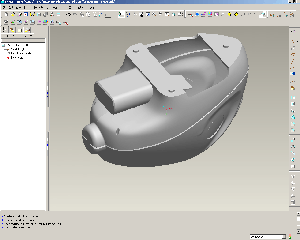
Any entity in that 3D space has parameters to describe its position relative to a default point or relative to another entity. This is ‘Parametric Modelling’.
The three dimensions X, Y and Z [hence 3D] are described using the Cartesian coordinate system – 0,0,0 – a dimension for X, a dimension for Y and then a dimension for Z.
You will rarely have to interact with these coordinates but you must be aware of this concept.
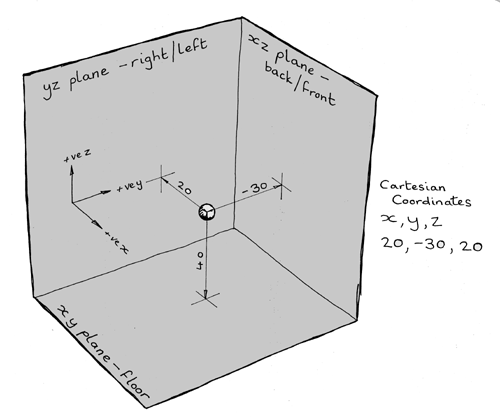
In the Department, our preferred 3D environment orientation is the XY plane as the floor and +ve Z up. Creating models as they would sit in 'real life' with respect to this orientation will simplify the design process - particularly when we start creating assemblies

Models are displayed by default with no perspective – this can make them look distorted when interpreted by our normal visual perceptive cues. This default setup is to save processing power on the PC graphics card.
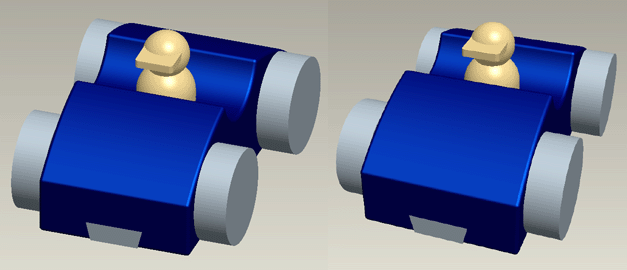
Perspective can be applied to a model at any time and allows you to better visualise how the model may look in ‘real life’. Creating some simple elements and construction lines and printing the result in perspective view can also be a useful basis for 2D hand sketching with correct vanishing points.
Entities in the 3D environment are called features. We start with a base feature, say a cube, and then develop it by creating further features which either add or subtract volume from the the base feature – ie. we may subtract a cylindrical shape from our cube to create a hole.
Recognising how your intended design can be broken down into these ‘primitive’ elements is the key to successful CAD modelling.
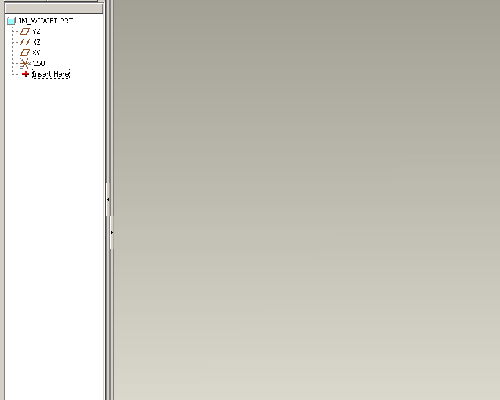
In main stream CAD packages these primitive are sketch based features, that is, they generally start with a 2D sketch. This sketch forms the cross section of the feature.

The primary feature creation methods are:
Extrusion: A 2D sketch is developed along a linear path to a specified distance to create a 3D form.
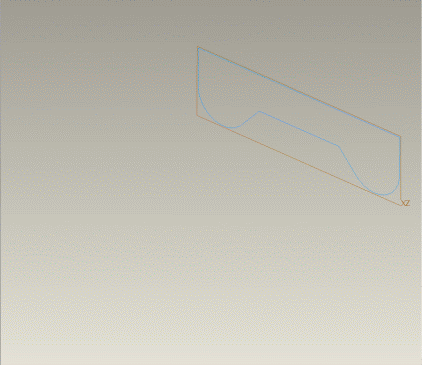
Revolve: A 2D sketch is rotated around an axis through a specified
angular distance to create a 3D form.
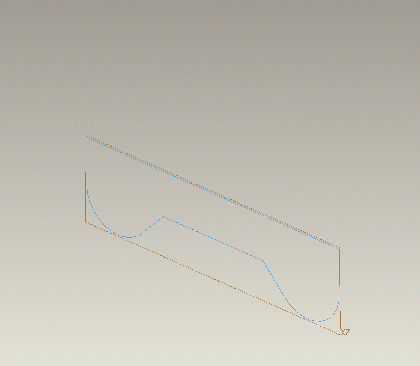
Sweep: A 2D sketch is developed along a non linear path to create
a 3D form.
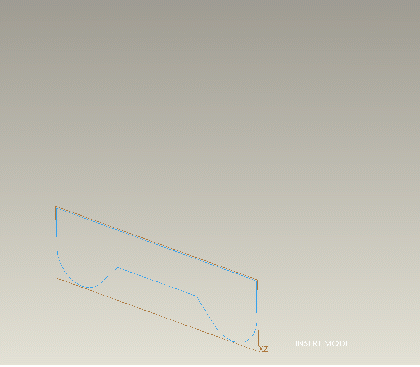
Blend [Loft]: A 3D form is created by ‘blending’ multiple
parallel 2D sketches
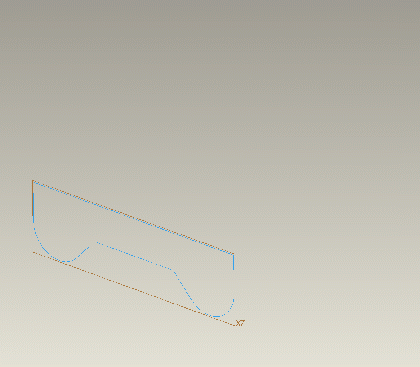
Feature Matrix
Cross Section or Section or Xsec - the shape you get when you slice a solid
Trajectory - the path through space the section travels to form the solid
| Section | Trajectory | |
| Extrude | Constant | Linear |
| Revolve | Constant | Circular |
| Sweep | Constant | Non Linear |
| Blend | Varying | Varying |
